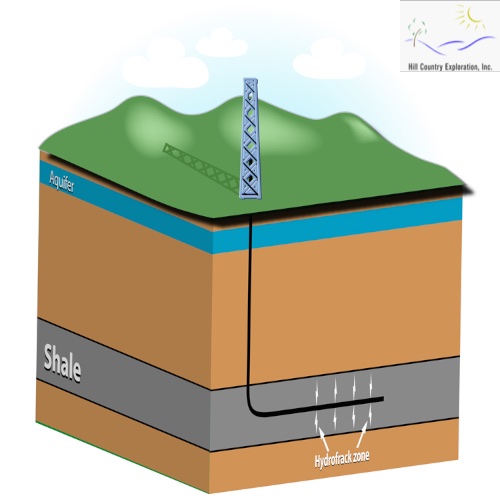Oil and gas production has been rapidly increasing in the United States. This is partially due to the discovery of new oil reserves beneath the Earth’s crust, as well as the development of new oil and gas drilling techniques. Well stimulation is one of these new tactics, designed to maximize the amount of oil extracted from each well.
What Is Well Stimulation?
When an oil and gas well is first drilled, production is at its peak from the start. Over time, as the amount of oil and gas remaining decreases, pressure declines and production slows. Well stimulation services are typically brought in to help restore the original pressure in order to give the well a boost and bring production numbers back up. There are two basic types of well stimulation: matrix acidization and hydraulic fracturing.
Matrix Acidization
To perform this well stimulation tactic, acid is introduced to the wellbore to eliminate anything that may be blocking the flow of oil and gas. This process doesn’t negatively affect the reservoir. In most instances, the acid is used over a 10 foot radius around the wellbore for the best results.
Hydraulic Fracturing
This is one of the most common well stimulation services available and has gained attention from the news media. Hydraulic fracturing involves the introduction of fluids or other materials to create more pressure in the reservoir. This process effectively cracks the rock surrounding it to allow for easy access to the oil and gas trapped below. Sand is often used to fill in the gaps produced by this method.
Why Is Well Stimulation Needed?
Oil and gas drilling took place for many years without the use of well stimulation techniques, which leaves many wondering why it’s needed in the first place. In today’s society, the demand for oil and gas has rapidly increased, which means production also needs to increase to keep prices affordable and maintain pace with the demand. To do this, new techniques are needed to maximize production. When a well is initially drilled, conditions are ideal for a smooth flow and steady extraction of oil and gas. However, oil and gas drilling introduces foreign materials, such as clay and water. Debris can also cause blockages. Well stimulation removes these blockages and often recreates the production experienced during the initial drilling stages.
Oil and gas drilling can be a lucrative endeavor, but well stimulation can become necessary to ensure production levels remain high. These precise tactics allow for more efficient and effective extraction of oil and gas from the wells, enabling drilling companies to boost production rates. These methods of producing more oil and gas use fewer resources, helping to preserve energy.
If you’re interested in investing in oil and gas drilling, contact us. We offer lucrative investment opportunities in wells across the United States.




